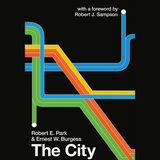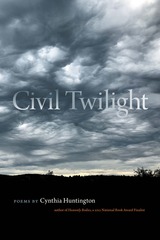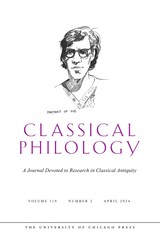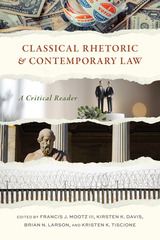
This book traces the fascinating history of how and why ancient Mesoamerican objects have been collected. It begins with the pre-Hispanic antiquities that first entered European collections in the sixteenth century as gifts or seizures, continues through the rise of systematic collecting in Europe and the Americas during the nineteenth and twentieth centuries, and ends in 1940—the start of Europe’s art market collapse at the outbreak of World War II and the coinciding genesis of the large-scale art market for pre-Hispanic antiquities in the United States.
Drawing upon archival resources and international museum collections, the contributors analyze the ways shifting patterns of collecting and taste—including how pre-Hispanic objects changed from being viewed as anthropological and scientific curiosities to collectible artworks—have shaped modern academic disciplines as well as public, private, institutional, and nationalistic attitudes toward Mesoamerican art. As many nations across the world demand the return of their cultural patrimony and ancestral heritage, it is essential to examine the historical processes, events, and actors that initially removed so many objects from their countries of origin.
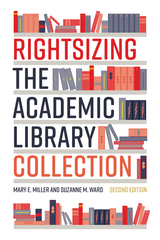
Honored with many accolades, including a starred review in Library Journal, the first edition of this book demonstrated the power and flexibility of “rightsizing,” an approach that applies a scalable, rule-based strategy to help academic libraries balance stewardship of spaces and the collection. In the five years since Ward’s first edition, the shared print infrastructure has grown in leaps and bounds, as has coordination among programs. With this revision, Miller addresses new options as well as the increasing urgency to protect at-risk titles as you reduce your physical collection. Readers will feel confident rightsizing their institution’s own collections with this book’s expert guidance on
- the concept of rightsizing, a strategic and largely automated approach that uses continuous assessment to identify the no- and low-use materials in the collection, and its five core elements;
- crafting a rightsizing plan, from developing withdrawal criteria and creating discard lists to managing workflow and disposing of withdrawn materials, using a project-management focus;
- moving toward a “facilitated collection” with a mix of local, external, and collaborative services;
- six discussion areas for decisions on participating in a shared print program;
- factors in choosing a collection decision support tool;
- relationships with stakeholders;
- how to handle print resources after your library licenses perpetual access rights to the electronic equivalent; and
- future directions for rightsizing
READERS
Browse our collection.
PUBLISHERS
See BiblioVault's publisher services.
STUDENT SERVICES
Files for college accessibility offices.
UChicago Accessibility Resources
home | accessibility | search | about | contact us
BiblioVault ® 2001 - 2024
The University of Chicago Press


